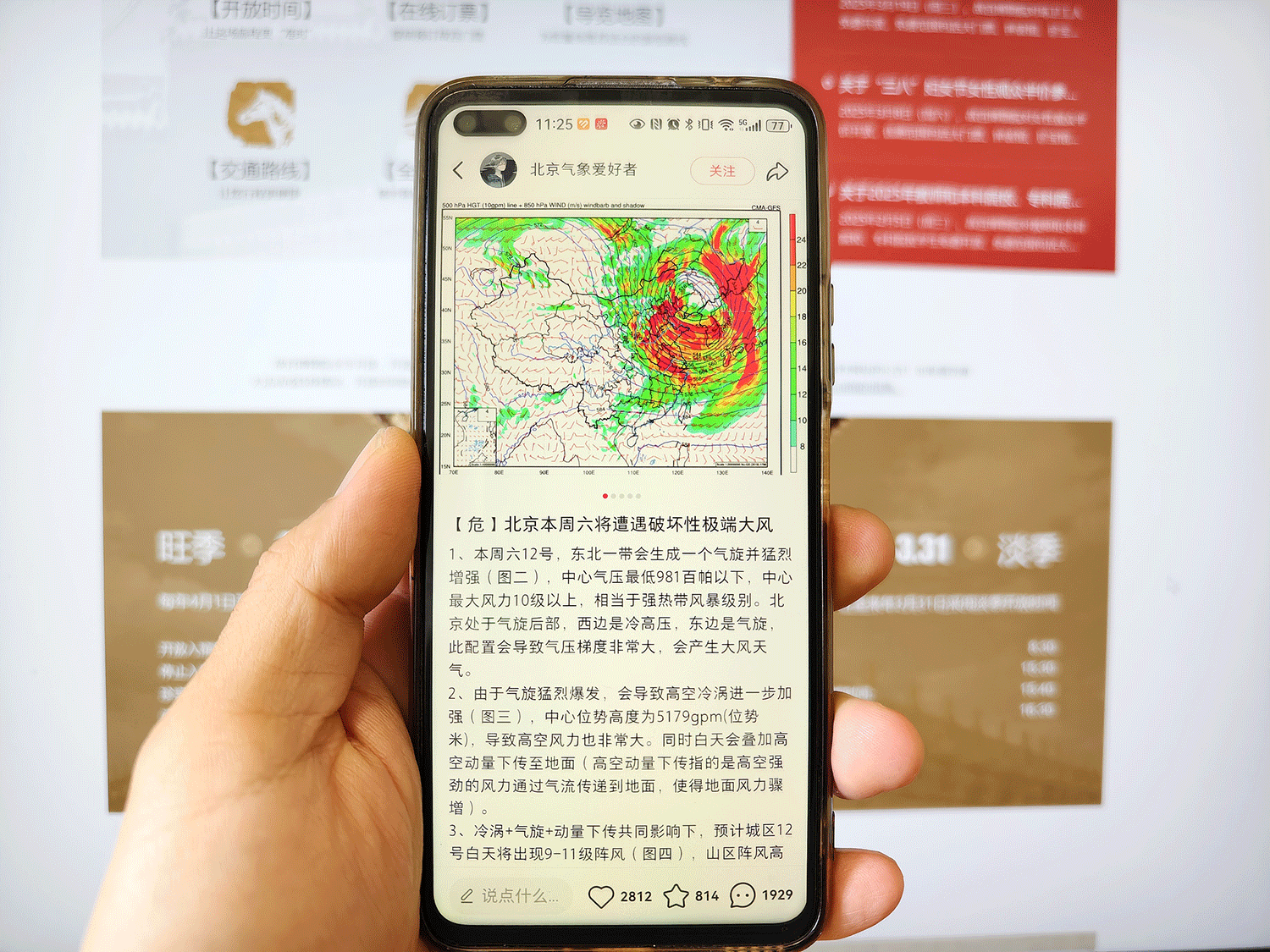
Spring Interrupted: Rare April Cold Wave Sweeps Across China
China is bracing for a rare April cold snap this weekend, with typhoon-strength winds, plunging temperatures, and heavy snow expected to sweep across much of the north and east, prompting widespread travel disruptions and emergency warnings.
Authorities have issued a yellow alert for gales and a blue alert for sandstorms, with forecasts warning of strong winds, hail, blizzards, and dust storms. From April 11 to 13, temperatures are expected to plunge by 6 to 10 degrees Celsius in central and eastern regions, while gusts in northern China could reach levels 12 to 13 — comparable to a typhoon.
In response, the China Meteorological Administration has launched a level-three emergency plan. Local governments and rescue agencies have been told to monitor conditions closely and brace for cascading disruptions to transport, agriculture, and public safety.
The sudden cold snap has upended weekend plans across the country, just as many residents were preparing to enjoy the spring warmth. Several railway lines have suspended operations due to strong winds and sandstorms, with flight cancellations and event delays spreading across affected cities.

Schools closed early on Friday afternoon, and scenic spots — from museums to theme parks — have shuttered through Monday in multiple regions, including Tianjin and Hebei province.
On social media, users shared DIY safety hacks — from taping windows to weighing down balcony furniture — and vented frustration over ruined outings. In some cities, residents rushed to stock up. Grocery platforms saw overnight delivery delays as vegetables, meat, and bottled water quickly sold out.
Beijing is among the hardest-hit areas, with wind speeds in some neighborhoods forecast to approach — or exceed — the city’s April record since 1951, according to Lei Lei, chief forecaster at the Beijing Meteorological Observatory. The capital has issued an orange alert for gales — its first in a decade.

The dramatic shift is driven by two main factors, said Ma Xuekuan of the China Meteorological Administration: an early spring warm-up across much of central and eastern China set the stage for a steep pressure gradient when the cold front arrived, fueling intense winds. And Beijing’s geography — nestled between the Taihang and Yan mountains — acts like a natural wind tunnel.
In cities like Beijing and neighboring Tianjin, dense clusters of high-rises further intensify the gusts. “Wind corridors” formed by buildings can increase speeds by up to 40% compared to surrounding areas, Ma told local media. “This disrupted flow raises the risk of sudden, extreme gusts.”
Editor: Apurva.
(Header image: VCG)










